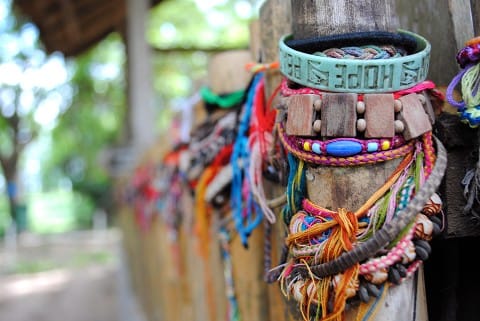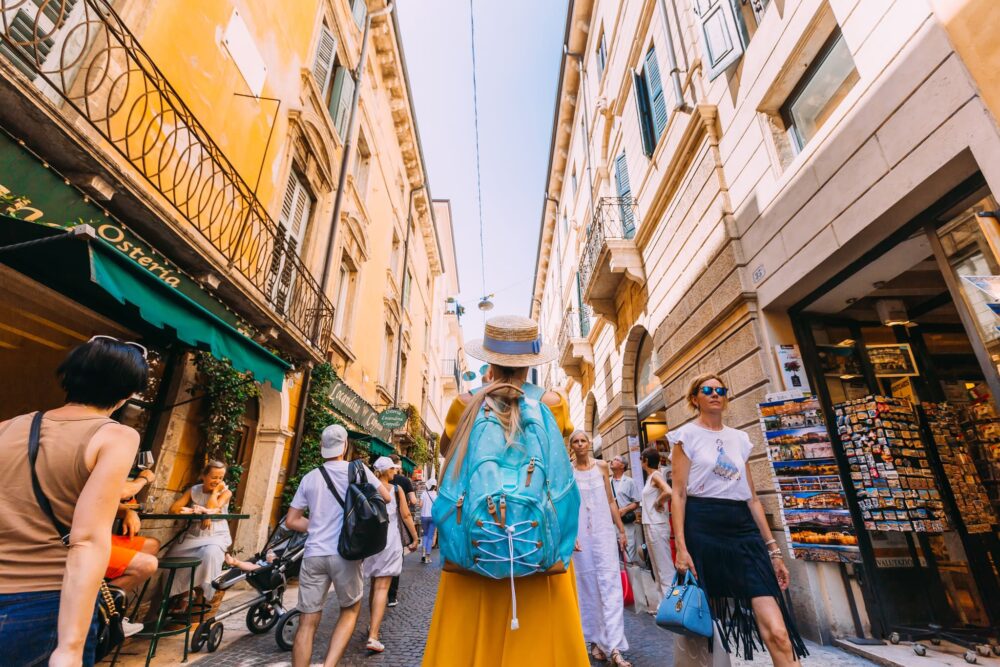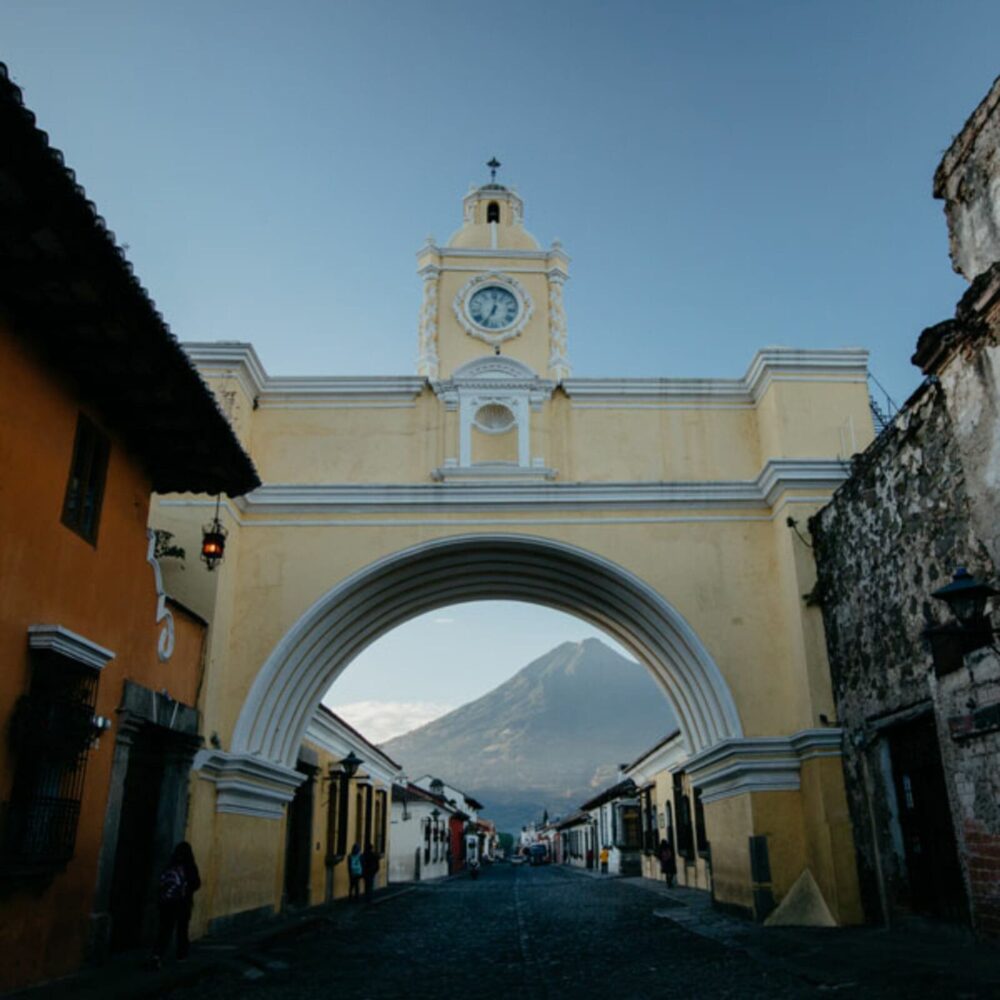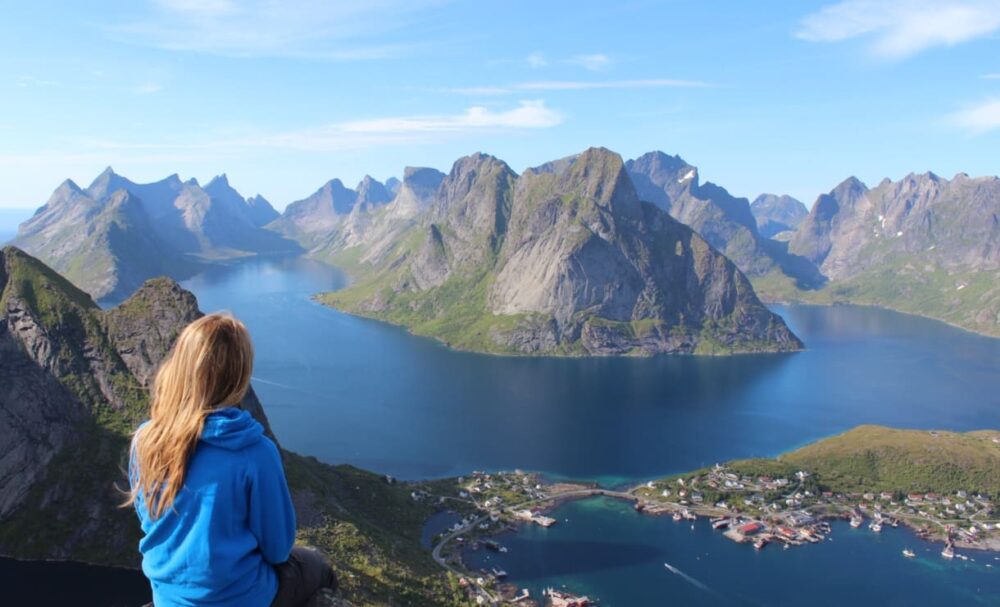While in Cambodia, our team went to the Killing Fields. That horrible place where thousands were killed in the 1970’s… multiplied by hundreds of those fields throughout the Southeast Asian country. It was a genocide of history-making proportions… yet it wasn’t taught in school. I’d never heard of it until the day I walked the path past pits sunken through decay, carefully picking my way around teeth, human bones, and clothing fragments still rising up out of the ground.
Still rising up…. 3 decades later.
After the Thailand team left for the States, Connie, myself, and 2 other participants flew to Cambodia to meet up with two women and two AIM staff coming from the States. This is the first Encounter team AIM has sent to Cambodia. On our first day, our team went first to the Killing Fields and second to Toul Sleng, the school-turned-prison where people were held, tortured, and killed… and those who weren’t killed on site were taken to the Killing Fields in the middle of the night, blindfolded, told that they were going to see their families, deafened by the music blaring from a speaker so that they couldn’t hear the people in line in front of them being killed one by one.
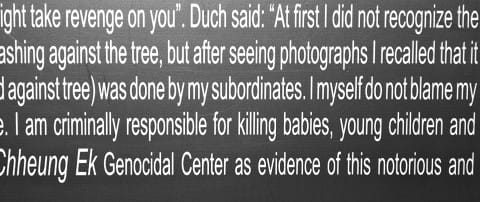
It’s one of the most powerful, most sobering, most enraging, most… overwhelming… things I’ve ever seen, and I don’t really have the words. And I’m not going to try again, because I truly feel it will be a futile effort. But please, if you do not know the story, please click on the link above or on the picture directly below and it will take you there.
While the Fields weren’t new to me, it’s impossible to go and not be changed. And touring the prison brought it home to me again. I learned things that I feel I have a responsibility to share. And as I’ve struggled for words, what’s risen out of me is the power of innocence… and the reality of a nation that has lost its innocence.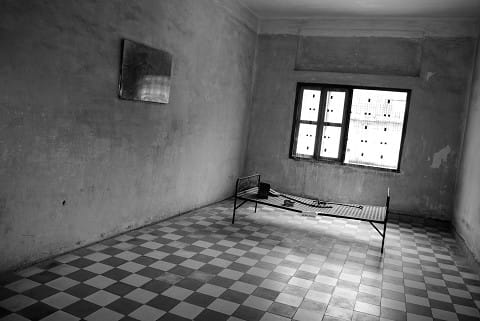

As hard as it was to stand in a cell and see the horrible, awful, terrible conditions, to walk underneath the bloodstains on the ceiling, to look into eyes of the victims on the photographs lining the walls, what broke me was seeing the survivors:
Him:
Of the thousands who were imprisoned and tortured in Toul Sleng, there were 7 survivors. Five have since passed on. Two remain. The man pictured below with the team is one of those two. I found myself looking into his eyes and wondering: how can he stand here, even though it’s been 30 years? what can I say to him? I’m sorry? This shouldn’t have happened? It was wrong? thank you for sharing your story?
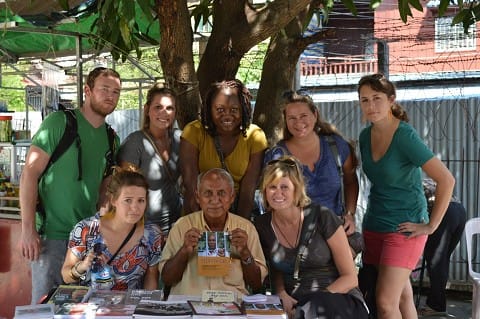
What do you say?
Our team’s prayer that is he, the woman mentioned below, and all the others we came across that week were able to feel the love of Christ because of something we said or communicated with them. Everywhere we went, we prayed–for those we saw, for those we could see, for those at work, for those who were broken… for the nation as a whole.
Her:
At the end of our tour, we entired a final room with an altar. A woman stood there, crying. When she saw us, she began to weep so loudly that we couldn’t hear our tour guide. Connie walked over to her and reached out. She locked eyes with Connie and her cries turned to heaving wails. Around sobs, she began to speak in Khmer and our tour guide translated.
She lost her family, her husband and children, there, during the Khmer Rouge.
There we were, standing in front of a shrine. Against the wall was a glass cabinet that had skulls and bone fragments of people who died there.. possibly her loved ones.
Connie told this woman, “We are so sorry you lost your family. We are so sorry you lost them. We want you to know that we will not forget. We will not forget your family or the others who died. We will not forget to tell those we know about them.”
We all stood there, crying, nodding along with Connie, promising that we would tell the story of those she loved. It was only after she left that the tour guide told us that in the year and a half he’s worked at Toul Sleng, he’s never met a family member of a prisoner. He told us that he allowed himself to cry once for his country, and then he promised that he would cry no more. He would tell the story the best he could. He would tell the story for those who couldn’t. Then he hurried away so we couldn’t see the tears in his eyes.
Before we left, he allowed us to pray for him, that he would continue to tell the story.
I can never forget this woman who still mourns 30 years later as if it were yesterday. I see the faces of those in the photographs when I close my eyes; and her keening is the soundtrack as they pass through my mind.
Them:
I’ve wrestled with the timing of sharing this post, as it’s a season of celebration for those of us in the States… a time of Thanksgiving. I wanted to release something “happier”. But despite the sobering reality we saw, there was a lot of laughter on our team; a lot of joy. We saw God work! For this post I felt the need to share with you the beginning so that the present could be fully understood. I can’t think about Cambodia, about the reality of trafficking, without thinking of the Khmer Rouge. It is because of… that the nation is where it is today.
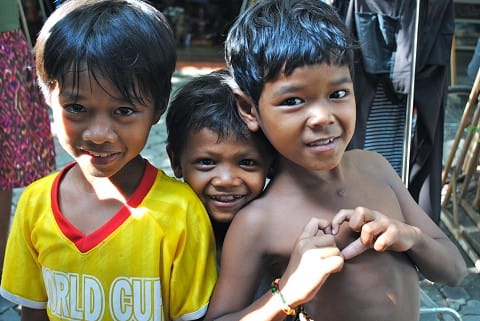
The final survivors are the thousands of boys and girls, teenagers, men and women who are being sold daily… hourly… into trafficking.
And as hard as it is know, as hard as the statistics on trafficking are to hear, the beautiful truth is that there is HOPE for Cambodia. We serve a God of healing; a God who Comes to Restore. He came to set the captives free!
And while we saw heartbreak in Cambodia; we also saw joy. We saw women who have come out of trafficking and are working a trade–making jewelry, cooking, running a cafe, sewing, etc. We met with NGO after NGO committed to seeing real and lasting change and healing take place. People who have seen the horror up close but are doing something about it. So much of what we saw was so encouraging! Because of the sensitivity of the work there, we were unable to take pictures or speak specifically in a public forum (like this online blog) with names and exact details. But each day, we found something beautiful: hope. Hope in the eyes of the women and children, hope in the laughter of the men driving tuk tuks to support their families, hope in the ones who thought they’d never laugh again.
The story of Cambodia, I believe will be: Innocence Restored.

